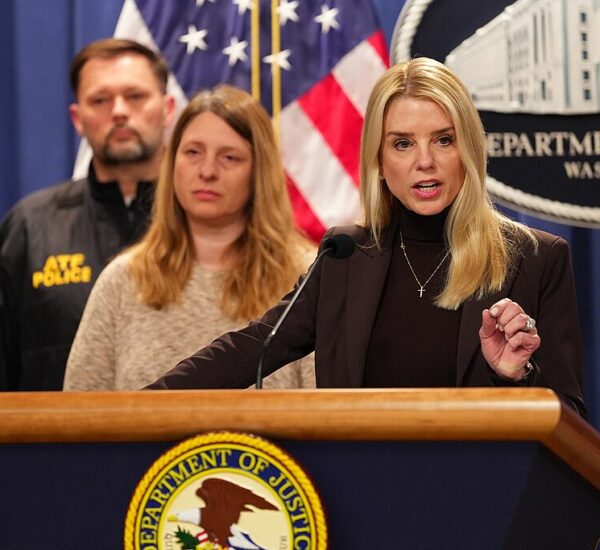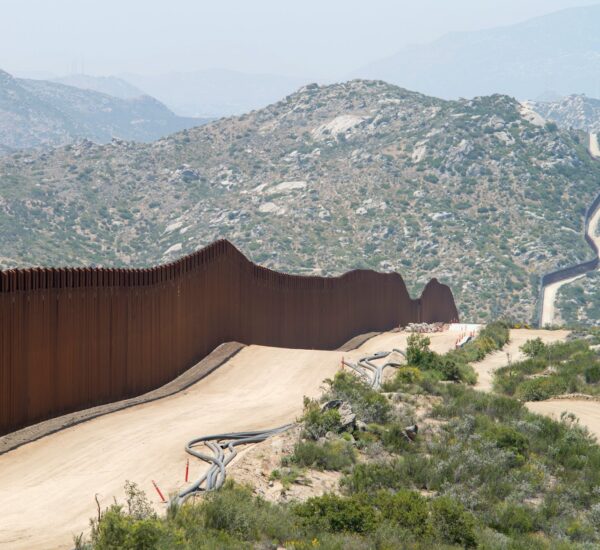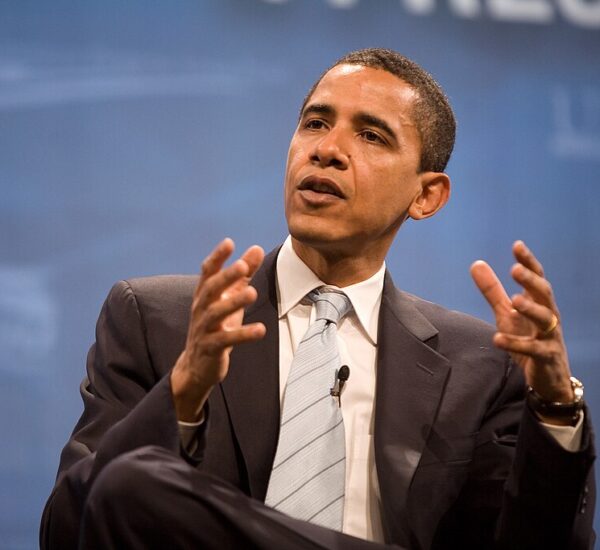Judge Says Trump Broke The Law?
A federal judge recently ruled that President Trump unlawfully removed a Democratic member from the National Labor Relations Board (NLRB), casting doubt on his efforts to test the limits of his executive power. This decision marks a significant development in the ongoing debate over presidential authority, highlighting the crucial role of checks and balances in our government.
U.S. District Judge Beryl Howell ruled in favor of Gwynne Wilcox, the first individual ever removed from the NLRB since its creation in 1935. The judge deemed Wilcox’s removal “null and void,” ordering her reinstatement to her position indefinitely. In her 36-page opinion, Howell criticized the President’s actions, suggesting that Trump was attempting to stretch the bounds of his office and challenge the Constitution’s limits on presidential power.
“The President seems intent on testing how much the courts will accept regarding a presidency that is unchecked by the law,” Howell wrote. She emphasized that the courts are being forced to assess how much the Constitution can tolerate in terms of executive overreach and the erosion of congressional authority.
Wilcox, who made history as the first Black woman to serve on the board, was confirmed in 2023 for a five-year term. Her firing left the NLRB without a quorum, preventing the agency from fulfilling its critical duties. Wilcox’s legal team argued that the removal violated protections in the National Labor Relations Act, which only allows the removal of NLRB members for “neglect of duty or malfeasance.”
While the Justice Department contended that the NLRB operates under the executive branch’s authority, Wilcox’s lawyers called this argument a “dangerous” attempt to consolidate too much power within the presidency. They specifically criticized the administration’s embrace of the “unitary executive theory,” which asserts that the President has total control over the executive branch.
This case is part of a broader pattern of legal challenges to President Trump’s attempts to remove independent agency leaders. Previous rulings have also deemed similar firings unlawful, and these decisions could set the stage for a final showdown at the Supreme Court. The cases collectively challenge the 90-year-old precedent established in Humphrey’s Executor v. United States, which has historically protected independent agency heads from arbitrary dismissal by the President.
As Republicans, it’s essential to recognize that maintaining a system of checks and balances is key to preserving our Constitution and ensuring that no one branch of government oversteps its bounds. While we support strong leadership, we must also uphold the principles that protect our institutions and safeguard the proper functioning of independent agencies. This case serves as a reminder that executive power, no matter how influential, is not without limits.






